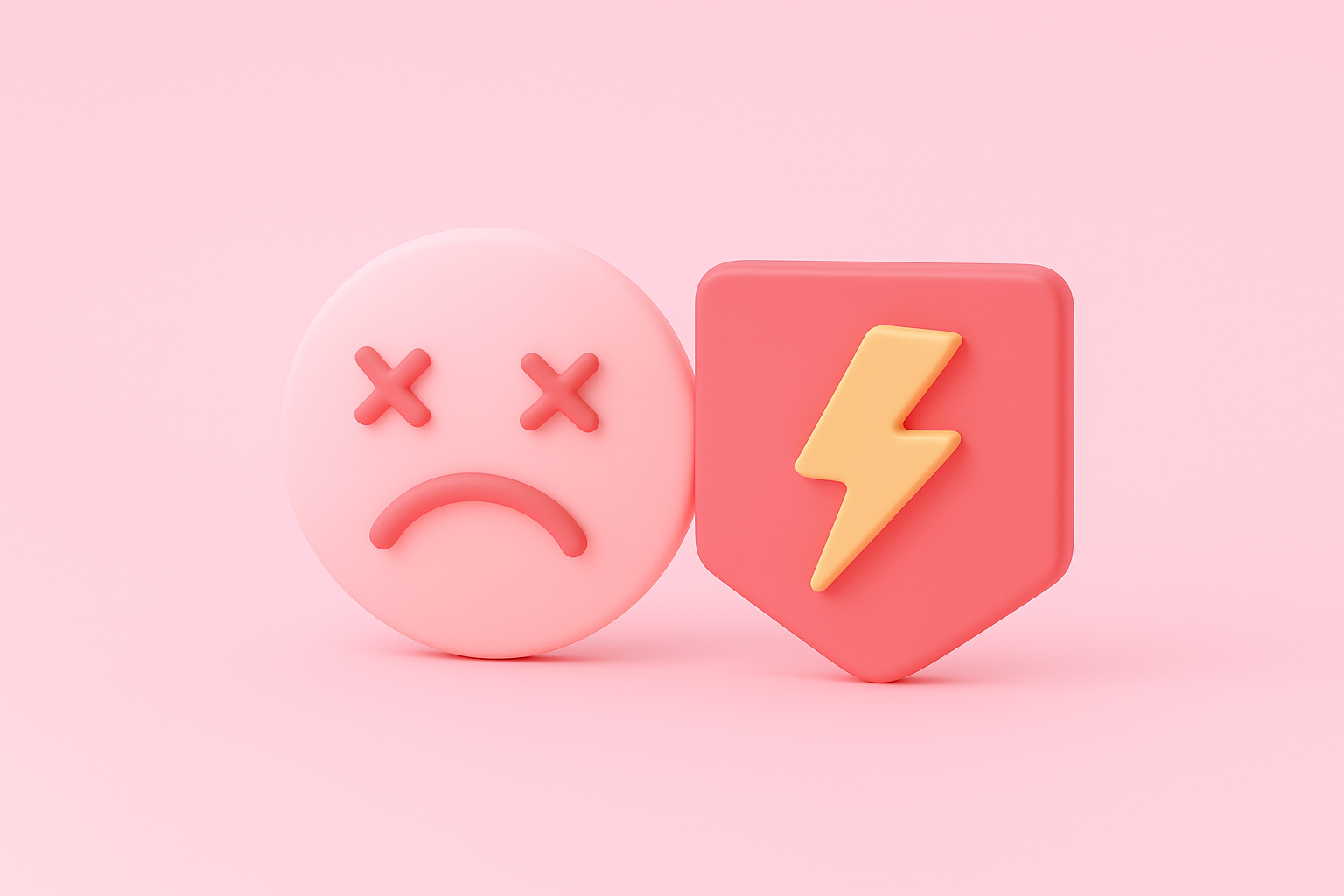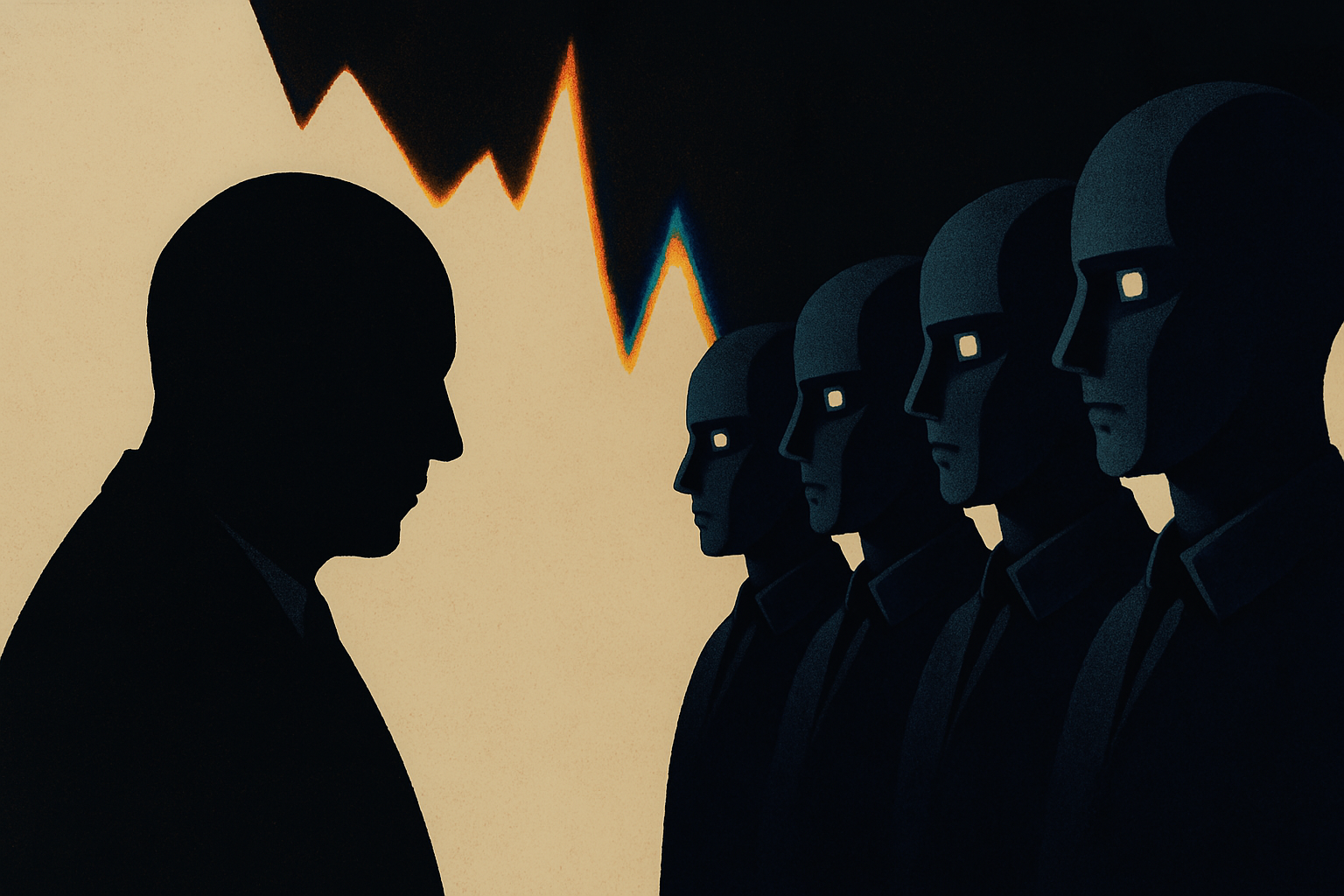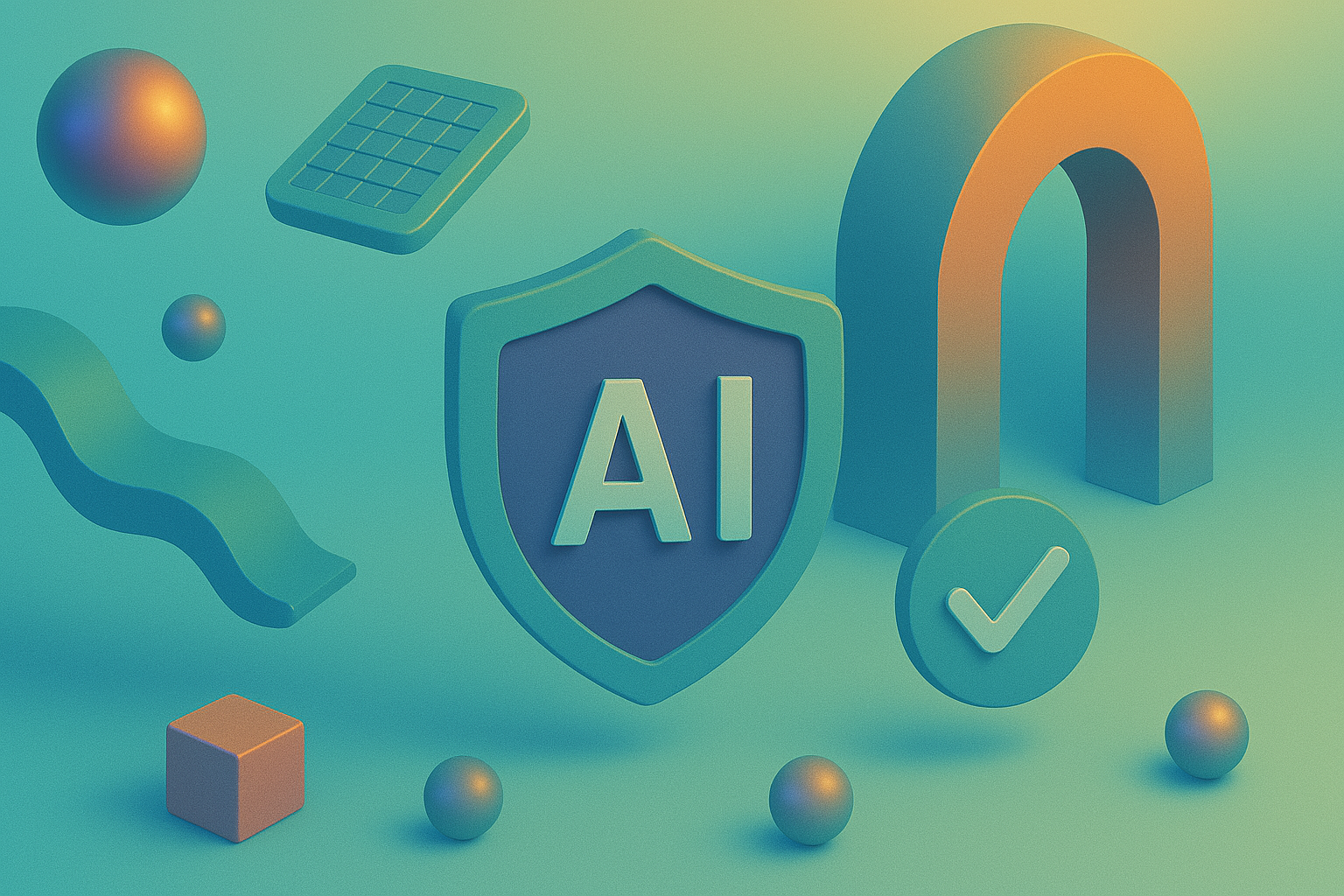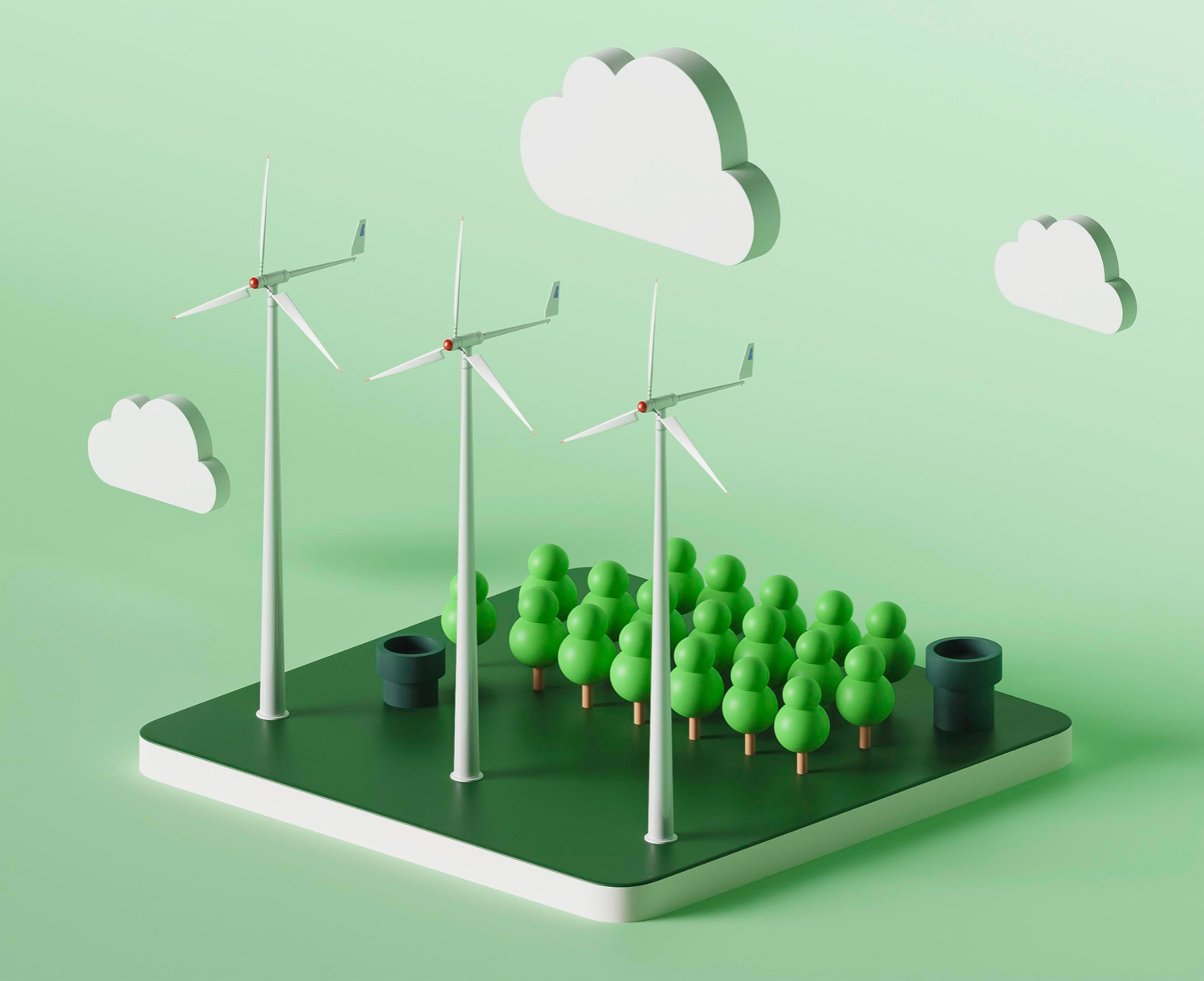Article
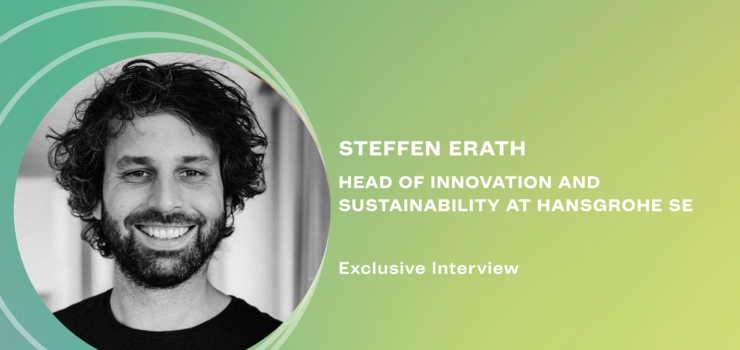
Tech or no tech: How to innovate for a greater purpose, Interview with Steffen Erath, Head of Innovation and Sustainability at Hansgrohe SE
In contrast to the traditional wisdom taught in business school that companies should prioritize profit, it is now more essential than ever to come up with creative solutions to the world’s most urgent problems.
Fortunately, a lot of companies, especially those involving the ‘German Mittelstand’ – medium-sized, family-run businesses – have been taking a radical approach to common sense for decades. This shift has been driven by a growing awareness of the need to create sustainable solutions that benefit both people and the planet.
Steffen Erath is the Head of Innovation and Sustainability at Hansgrohe SE. Together with his team, he deploys out-of-the-box ways to assist the Hansgrohe Group in innovating for a greater purpose.
By leveraging the creativity and expertise of start-ups, Hansgrohe, a global player in the bathroom and kitchen industry, has been able to develop innovative products and services that have helped it remain a leader in its industry in terms of innovation, design, quality and responsibility.
In this interview, Steffen provides us with insights on how Hansgrohe innovates beyond user-centricity.
According to him, while technology is used to increase creativity when it comes to finding solutions, it is always kept in a hidden layer and serves a greater purpose. This helps to avoid over qualifying or overdeveloping technologies and prevents the innovator’s dilemma of overdevelopment.
Read the interview to find out more.
1. Serving as an epicenter for ingenuity, Hansgrohe’s InnoLab takes the company beyond traditional innovation. Could you please tell us more about the Lab and its role in helping the company innovate?
The Innovation Lab belongs to the Hansgrohe Group but functions in a quite independent way with a separate office and a different innovation thesis – while the headquarters focus on Horizon One innovation, we focus on Horizon Two and Three.
The Innovation Lab helps the company innovate beyond the core strategy. What we do is called ‘radical’ or ‘start up’ innovation; we work with start-ups to test which of our strategies work and which don’t.
When we started, six years ago, our focus was mainly on corporate (internal) start-ups. By testing whether a start up is successful or not, we have been running experiments that help us prove where the future of Hansgrohe could lay in terms of sustainability, profitability, what markets to target and what technologies to adopt.
Over the years, we expanded the horizon and we have been working with real start-ups from the outside world too. In this case what we do is innovation purchasing where we use two approaches.
2. Could you give us more information on the approaches that you use for innovation purchasing (procurement)?
Sure. The first approach is via start up engagement. Here we have a kind of a venture-client approach; we try to find start-ups where we can be the lead customer and then we work together with them by just buying the technology or their business model and seeing whether it’s scalable or not.
For the second approach, we join forces with our majority shareholder, the Masco Corporation. One third of Hansgrohe belongs to the family of Klaus Grohe and two thirds belong to the Masco Corporation, which is a New York Stock Exchange -based corporation. Here we have a venture program which is called Masco ventures with a venture fund worth $50 million. With this program we do venture investment and look into start-ups in green tech, sustainability, water saving, etc. that we believe will scale in the next seven to ten years.
3. How do you ensure sustainable innovation at Hansgrohe?
Our approach to sustainability aligns with the triple bottom line – prosperity, people and planet. If you manage to balance these three, that’s where you hit the sustainability sweet spot. That’s our core belief.
Overall, the organizations are trained to focus primarily on profits, as this is what is taught in business school and is where people feel most comfortable. So, what many do as a first step is to make incremental improvements to existing technology. This leads to the innovator’s dilemma of overdevelopment, resulting in a product that does not meet the user’s expectations and is overpriced, leading to disruption. In the past years, we can see a shift to a user-centred approach taking place and it is now really gaining speed. Companies focus more on understanding the user’s problems and using this knowledge to guide the innovation journey. This helps to avoid over qualifying or overdeveloping technologies.
However, achieving the sustainability sweet spot goes beyond user-centricity. What we practice at Hansgrohe is planet-centred innovation. Here it is important to start with sustainability challenges when innovating, as it is difficult to do something good for the planet and society when beginning with user- or technology-centered approaches. Organizations, especially those that are profit-driven, will always follow projects that create profit at the end of the day. This is what we refer to as the ‘Mickey Mouse effect’, where the bubble of profit is large and people and the planet are like the little ears on Mickey Mouse. To change this, one should start with a planet-centered problem and then look at how to solve it for people, which is where user-centricity comes in. This is why we start innovation projects, both internally and externally, by focusing on relevant sustainability topics such as water scarcity or global south issues as starting points.

4. Planet-centred innovation easily falls in the group of latest buzz-words. But, how much is this approach followed by the German business sector in reality?
I think a lot of what we call “Mittelstand” companies, which are medium-sized, family-run businesses, have been taking a radical approach to common sense for decades. Innovators love to solve real-world problems, and with the user perspective running out of problems, there are huge issues in the planetary and sustainability environment that need to be addressed. People should be encouraged to solve these problems, do something good for the planet and humanity, while still earning money. Capitalism can be used as a lever to achieve this, and European family businesses have this approach implicitly, without explicitly using a business model canvas approach or design thinking. They just do it because they are convinced it makes sense to solve big problems. However, now it needs to be done in a more methodological way that is easier to manage and understand. This presents a big opportunity for European businesses, as they have a lot of credibility in the political and societal environment, where people are aware of these topics and believe that we should live in harmony with the planet rather than taking a total capitalistic approach. We need to accelerate this process and make it more approachable even for big companies.

5. How are innovation centers dispersed in Germany and Europe in general?
I think we have, in a way, created a sustainability innovation cluster in Germany – it is located in the Black Forest in the southern part of Germany close to France, Switzerland and Austria, near the Lake of Constance and the city of Freiburg, which is a nucleus for green tech and green mindset. There is also another cluster in the Nordics, as well as clusters in the Netherlands around Amsterdam, and etc. This shows that Europe is not just concentrated like the Bay Area’s Silicon Valley, but has diverse clusters. This has created a European movement towards sustainability and planet-centric innovation approaches. We must now solve the problems we have created in the global north, but also help solve problems occurring in the global south. This is a big challenge as it is difficult to put ourselves in the shoes of global south societies. This is where frugal innovation approaches come into play and this is what we must explore.
6. In an era of rapid change of technologies, trends, and customers’ habits, making the right selection of new products and technologies at the right time is critical. In your view, what’s the process of defining an optimal selection of new digital products look like?
I believe that market dynamics and planet-centricity are key. At the end of the day, technology is a means to an end. It is better to start with the problem and then create ideas to solve it, rather than developing a technology and then looking for a problem to be solved. Technology can help increase creativity when it comes to finding solutions, but it should always be in a hidden layer.
Technology should not be developed for the sake of having nice technology; it should always serve a greater purpose. This could be a user-centered or planet-centered topic. Therefore, the best approach to success is to start with the problem and then look for technology that can help solve it.
Developing technology is often expensive and requires a lot of people and money. To test if people would buy or love a solution, sometimes we should pretend to have the technology and offer it as a pre-sale. If people think it is valuable and spend money for it, this is a proof point that the technology should be developed.
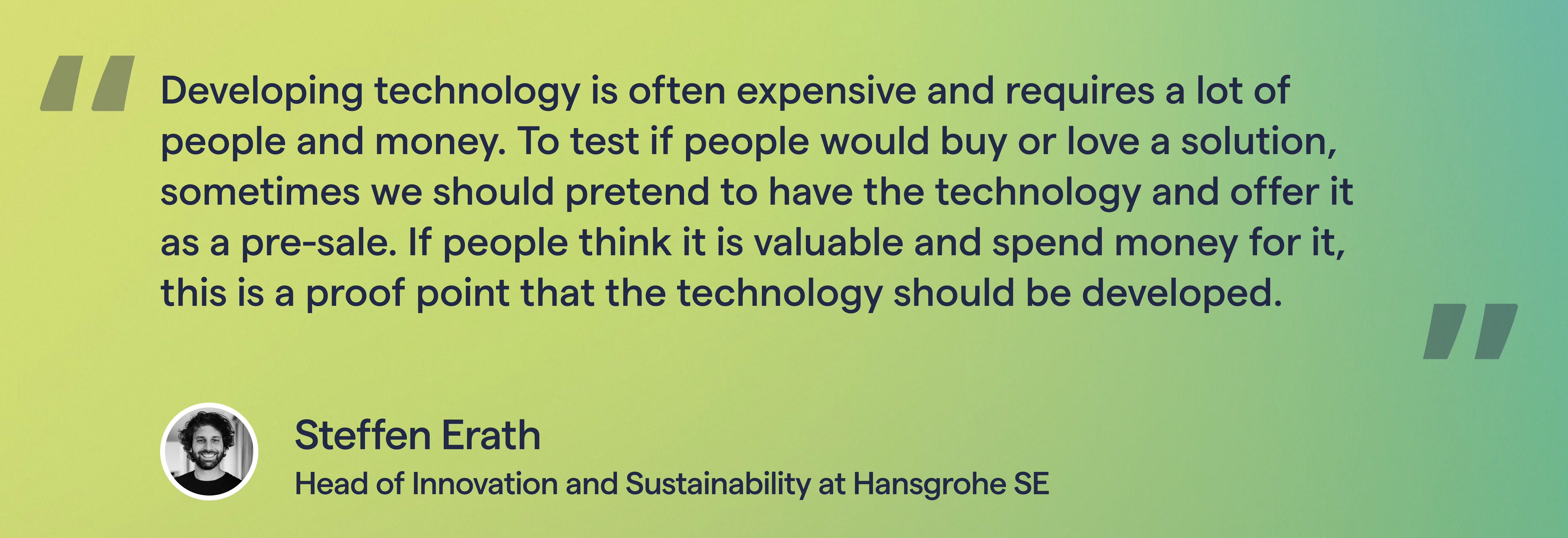
7. How do you choose and prioritize which problems to solve?
Having a clear North Star is essential for any company. This is closely related with the purpose of your company. Why are you there? What’s the purpose of Hansgrohe? And, this is not an easy question.
This is always the first question a new CEO has to answer – what kind of business the company is in. Are we in the shower and faucet business, the bathroom business, or the water business? Depending on the answer, there will be different market dynamics and purposes that will guide the company’s direction.
Short, maybe we are a faucets and shower company. In the mid-term, we may develop into a bathroom company. So, to determine our next steps, we must consider our purpose and not just our profit.
The purpose of a company is an important question to consider when choosing what problems to solve. Just ask the question: What would happen to society if your company is not there anymore? This way, you can come up with real topics. To gain further insight, the Sustainable Development Goals (SDGs) developed by the United Nations can be used as a guide. These 17 areas provide a framework for understanding the impact of a company on the environment. For example, SDG 6 focuses on water access and availability in both the global north and south. This broad topic can then be broken down into more specific areas such as water in the home, water in bathroom, etc. So, now we have a starting point and while we need to think outside the box, we need to stay in our purpose box. It wouldn’t make sense if Hansgrohe starts developing tyres for cars, although there might be problems we can solve.
So, once you are clear what the purpose of your company is, this will serve as a guide to choose and prioritise the problems you should solve.

8. What are some of the advanced digital solutions that accelerate digital living in the bathroom?
The bathroom is the last escape from our hectic lifestyle. The bathroom is not a place for physical hygiene only, but also for mental hygiene. People take showers to relax and prevent burnout, and to have better sleep. It is also a place of intimacy. So, here, we often need to use digitization to cure the symptoms of digitization.
I don’t see the bathroom as the next area of tech development. IoT, for example, is entering the bathroom, but it has not yet caused a digital revolution. This is because the bathroom is a space that is very nature-based and intimate. People need to be careful when entering this “holy space” and not overdo it with technology. However, technology can be used to enhance the experience and increase regeneration.
The medical approach is one of the approaches that could be taken into consideration, especially for elderly people, who may not have enough hospital workers to care for them or for technology in the bathroom that has a purpose, such as helping to relax or providing information about skincare and body issues. This could develop over the next 10-15 years.
To give an example, I am lecturing at interior design schools and for one course I had 14 groups developing the bathroom of the future. Only one of the groups had incorporated digital technology into their concept. This was surprising, as I expected more tech from the next generation of interior designers, who are surrounded by technology. Instead, they are using shy tech, which is hidden and sensual, poetic and nature-based. In contrast, other areas such as cars are becoming increasingly automated. Technology has not yet taken over the bathroom.
Overall, we don’t neglect technology; however, we must be mindful of it.
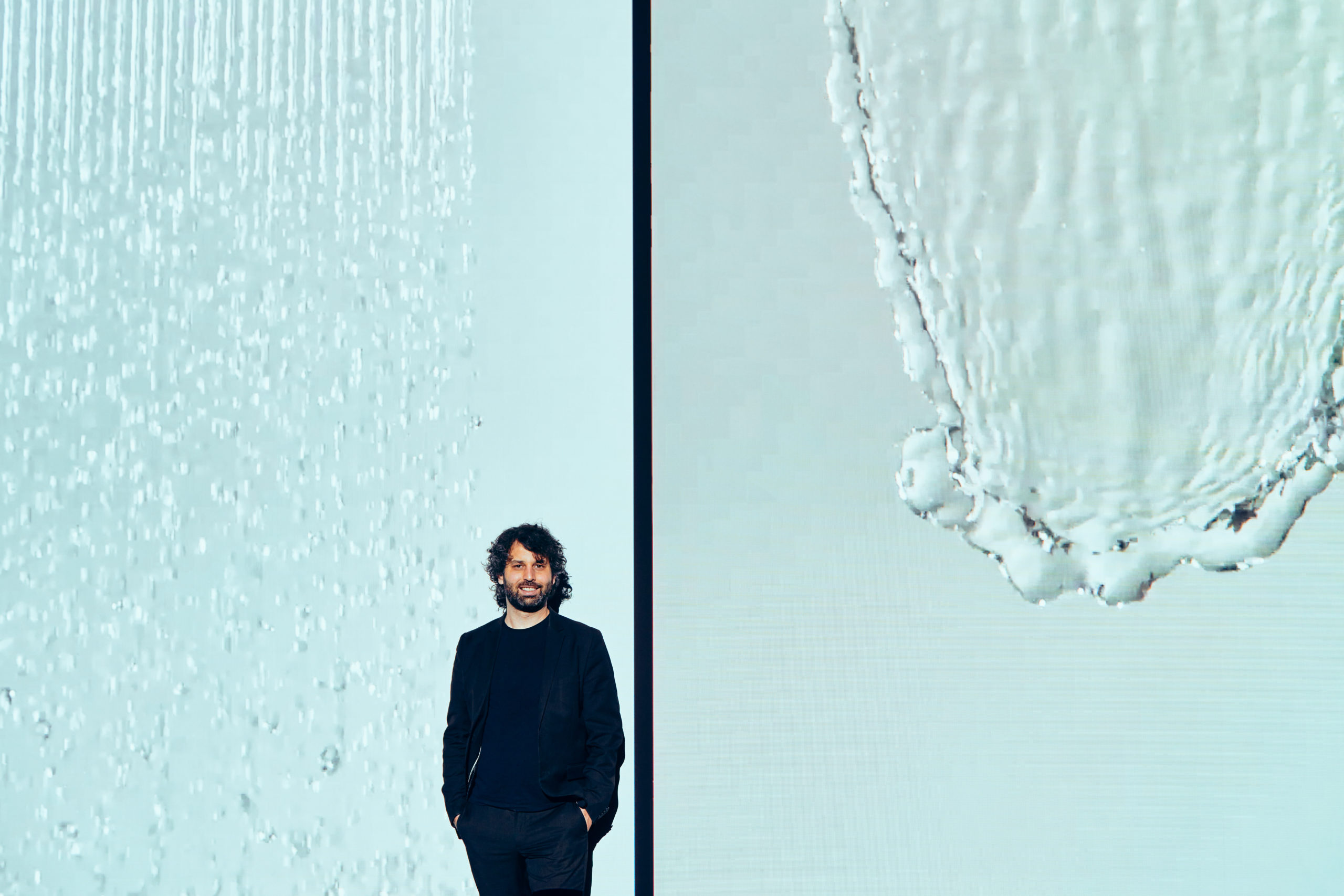
About Steffen Erath
Steffen Erath is the Head of Innovation and Sustainability at Hansgrohe SE. As a passionate innovator who believes in green transformation as the business opportunity, he is committed to addressing planetary and societal challenges and works to create sustainable solutions. Steffen has experience in both corporate StartUps and external StartUps, and is dedicated to creating a better future for our planet.
About Author
Elena Dimoska is a communications & marketing enthusiast with great passion to communicate value in a way that reinforces business success beyond revenue growth.
One of her missions as part of TrueNode is to internalize the topic of innovation and digital transformation in large enterprises and to help more well-known brands leverage innovation to make impact. For that purpose, Elena is interviewing innovators from well-established brands across Germany and Europe.


